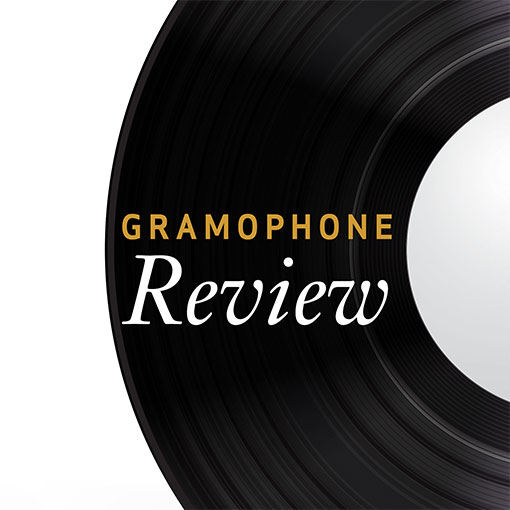JS BACH Sonatas for Violin & Harpsichord Nos 1-6, BWV1014-1019
Another Koopman and Manson collaboration
View record and artist detailsRecord and Artist Details
Composer or Director: Johann Sebastian Bach
Label: Move Records
Magazine Review Date: 01/2013
Mastering:
Stereo
DDD
Catalogue Number: CC72560

Tracks:
| Composition | Artist Credit |
|---|---|
| (6) Sonatas for Violin and Piano |
Johann Sebastian Bach, Composer
Catherine Manson, Musician, Violin Johann Sebastian Bach, Composer Ton Koopman, Musician, Harpsichord |
Author: DuncanDruce
Ton Koopman adds profuse ornamentation to his part. His sense of style is completely secure and he goes a long way towards giving his instrument an expressive character to match the violin. Even in the fast movements he shows that decoration can help onward impetus. Catherine Manson plays expressively; using very little vibrato, her tone is notably rich and, in cantabile movements such as those that open the Fourth and Fifth Sonatas, her sense of line leads to performances of true eloquence. My only criticism is that in the Allegro movements her long notes tend to be played with noticeable bulges, where either a gradual increase or a decline from the start of the note would make more sense.
The set makes an interesting comparison with the rather more sober performances by Lucy van Dael and Bob van Asperen (Naxos). Van Dael concentrates more than Manson on the rhetorical shape of each phrase; Manson, with smoother phrasing, makes us more aware of the shape of the music’s paragraphs. Van Asperen’s plainer, sturdier style has strength and vigour but can seem less involving than Koopman’s brilliant, more imaginative presentation. And the more distant Naxos recording may produce a more rounded overall sound but lessens the impact of such pieces as the joyful Allegro at the start of the Sixth Sonata. Overall, Koopman and Manson have a distinct edge.
Discover the world's largest classical music catalogue with Presto Music.

Gramophone Digital Club
- Digital Edition
- Digital Archive
- Reviews Database
- Full website access
From £8.75 / month
Subscribe
Gramophone Full Club
- Print Edition
- Digital Edition
- Digital Archive
- Reviews Database
- Full website access
From £11.00 / month
Subscribe
If you are a library, university or other organisation that would be interested in an institutional subscription to Gramophone please click here for further information.





